- Based on a set of scenarios (typical usage patterns) connected by a common
user goal
- Scenarios can be described as a series of steps
Get a Drink from the Drink Machine
- Customer selects type of drink (e.g. "Krap Cola")
- Customer presses button corresponding to selection
- System displays amount of $ to insert
- Users inserts money into slot
- When user has inserted enough money system issues drink
- User enjoys drink
Alternative: No drinks of selected type available
At step 2, system displays message "None Available, make another selection"
Allow customer to select new drink typeAlternative: Not enough change
User does not have enough change at step 4
System allows user to press "Cancel" button while waiting for correct change. Any coins already inserted are returned.
Return to step 1.
- The amount of detail depends on risk, time available, detail required.
More risk means more detail.
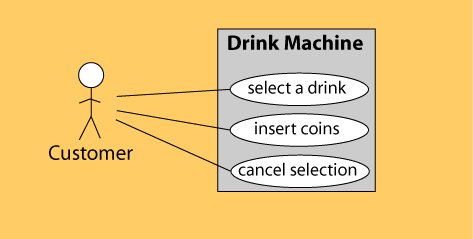
- Diagram Elements:
- An actor is a role that the user plays with respect to the system. The same person can take on different roles (hence be different actors).
- Actors don't need to be human (even though they are shown as stick figures)
- Actors carry out use cases
- Relationships extend the basic connection between an actor and a use case.
![[Diagram showing a cloud with a dashed outline, labelled with
the underlined word "Vehicle" and with a list of attributes
and operations beneath it]](class.gif)
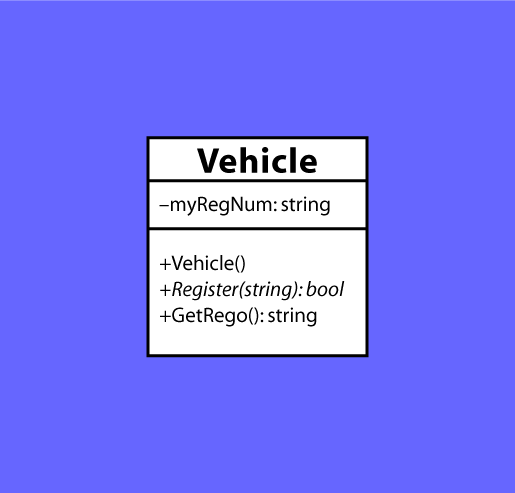
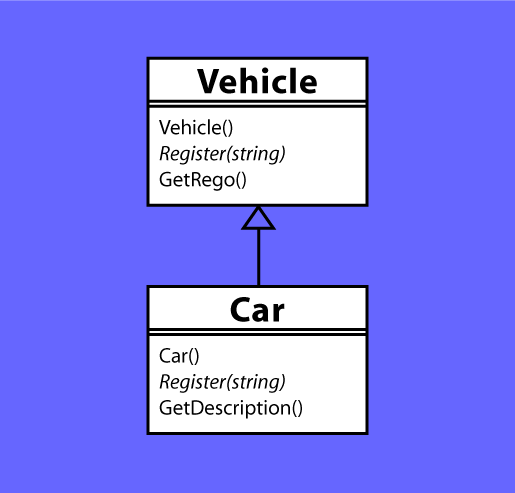
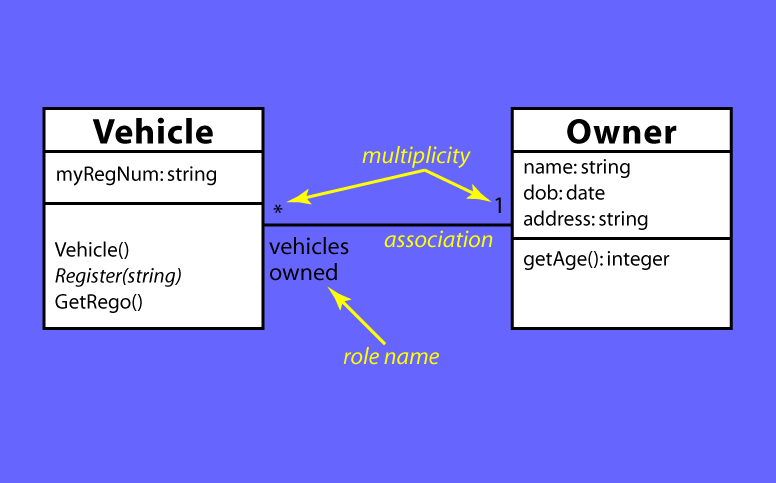
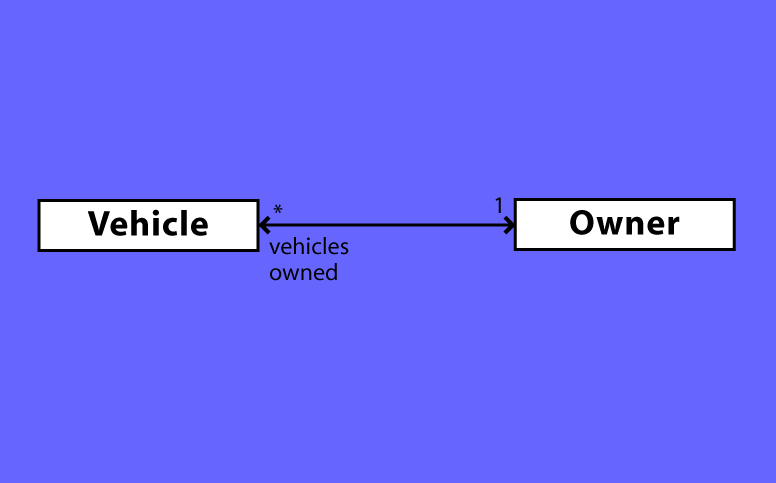
![[Diagram showing four class clouds, labelled "StudRec", "int", "double",
and "string", with a line from the StudRec cloud to each of the other
clouds. Each line has a black disc at the StudRec end.]](has.gif)
![[Diagram showing three class clouds, labelled "StudRec", "istream"
and "ostream", with a line from the StudRec cloud to each of the other
clouds. Each line has a circle at the StudRec end.]](aggcomp.gif)
![[Diagram showing two class clouds, labelled "BSTree",
and "Node", with the Node cloud inside the BSTree cloud.]](abstract.gif)
![[Previous diagram with a loop added from the Node class
to itself. The loop has a black disc at one end and
a hollow box at the other.]](qualified.gif)
![[Diagram showing a "class cloud" with a dashed box obscuring
the top right-hand corner]](template.gif)
![[Diagram showing a simple design illustrating most of the
features described above.]](complex.gif)

![[Diagram showing a series of vertical dashed lines, each
labelled with an object name. Arrows between the lines
indicate member function calls, as time increased down
the diagram.]](interdiagram.gif)
![[Previous diagram with swollen object lines whilst active.]](interfocus.gif)